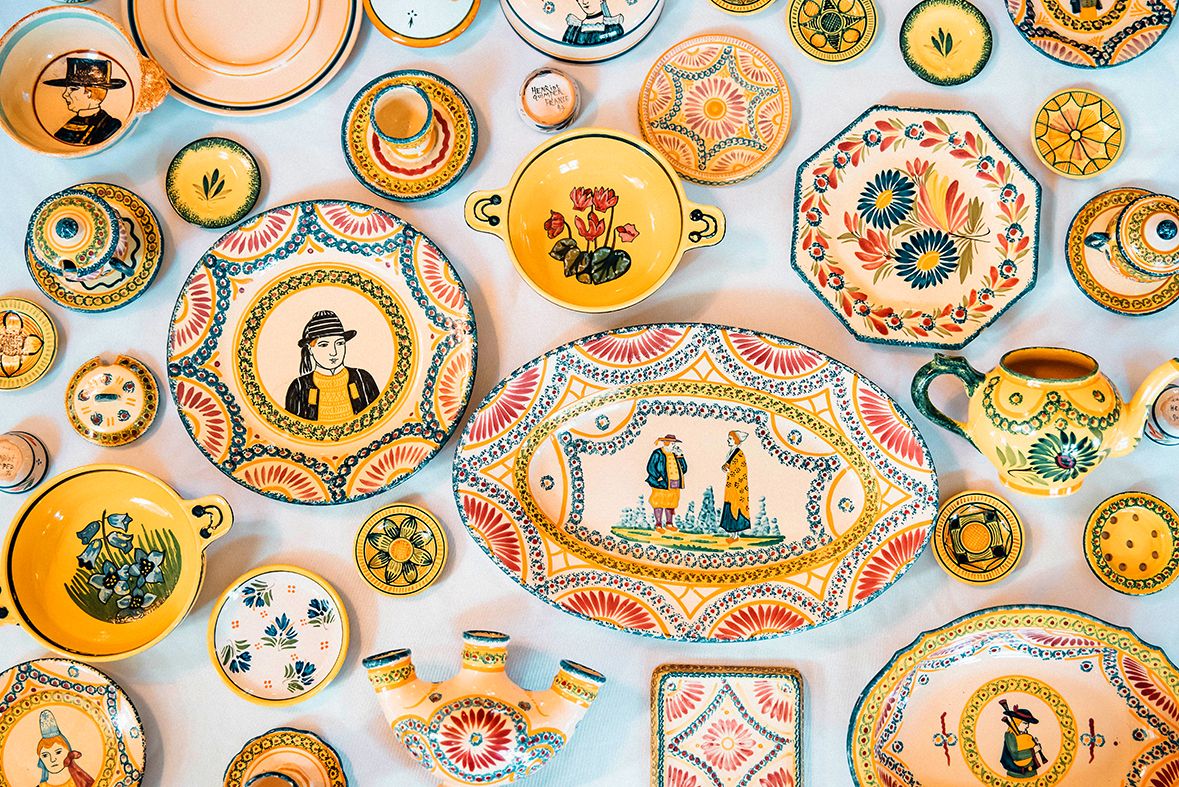French accents: Quimper pottery returns to LSU’s French House
In 1935, during the 75th Diamond Jubilee celebration on LSU’s new campus, La Maison Francaise was built in an effort to preserve the French language, literature and culture through an immersion program for students. Stepping inside the French manor-esque walls was something like stepping out of LSU’s campus and across the Pacific, straight into the land from which many of Louisiana’s first settlers came.
Only French was spoken, French décor filled the rooms, and traditional French cuisine was served at meals on a 120-piece set of traditional Breton dishware. This Quimper pottery on which students ate was brought to Baton Rouge by the French House’s chatelaine, Anita Morrison, in the summer of 1936.
The French House was closed as a residence hall in 1968, and the pottery was tucked away, but this colorful collection is now finally returning to its home in the French House, which now serves as home to the LSU Honors College. The set is on display in the grand parlor, which is open to visitors.
The pottery, also known as faience, is unique to the region of Brittany, France, and its story highlights interesting developments in the region during the 19th century. The faience style, earthenware painted over with a tin-enameled glaze, reflects the area’s lack of technology to replicate delicate imported porcelain.
“But then Quimper came to be valued for its rustic qualities,” says LSU history professor Leslie Tuttle. “It celebrates a very traditional regional, and not necessarily ‘French’ culture, that of Brittany.”
LSU Textile & Costume Museum director Pamela Rabelais-Vinci says LSU’s collection is particularly special because it was produced and bought during the most prolific years for the Henriot Factory, where it was made. Many of the pieces are signed by well-known Quimper artist Charles Maillard.
“My personal interest in them is in educating our students and the public,” says Vinci. “From a historical perspective, the pieces, hand painted with images of traditional regional dress, are a valuable teaching resource about the Breton culture.”












